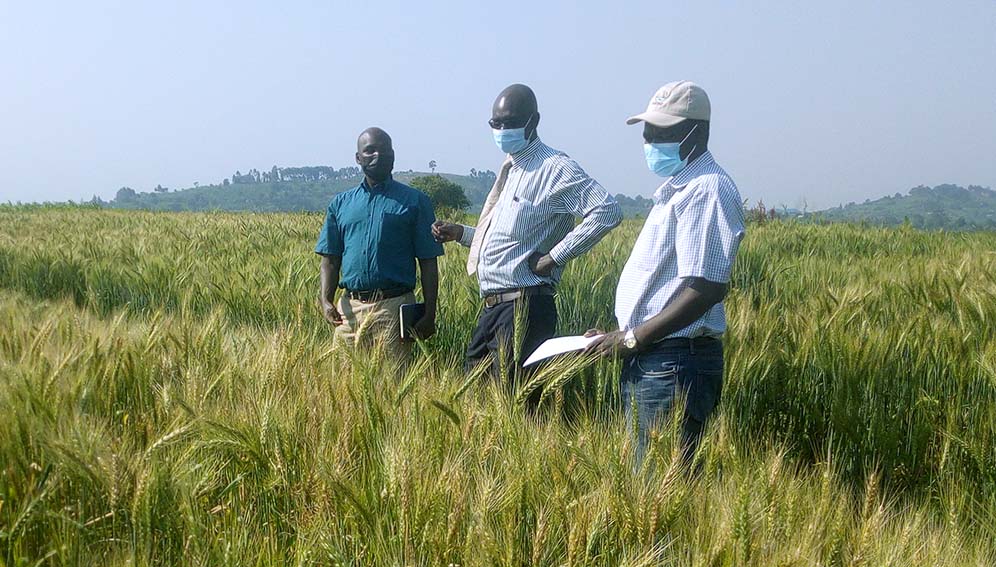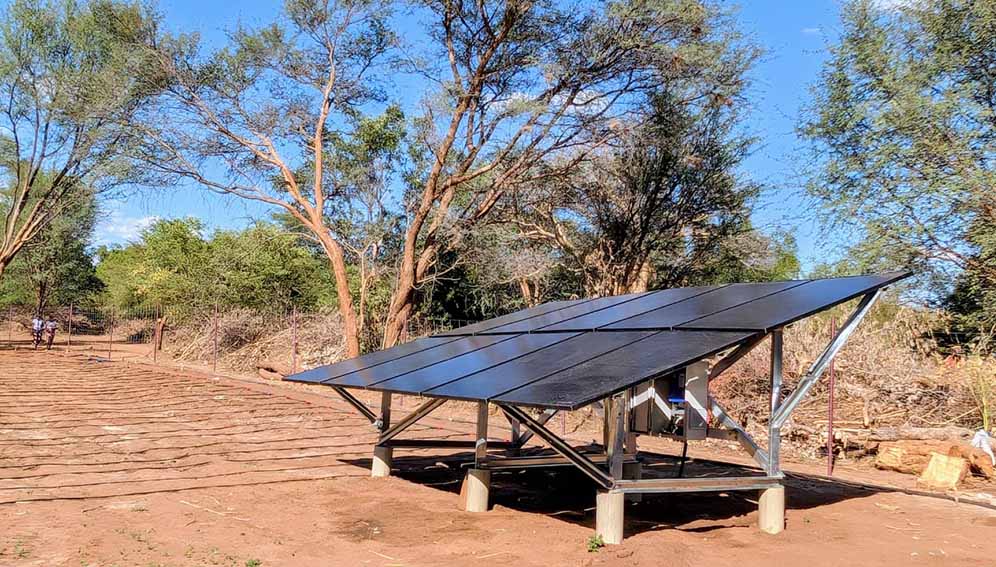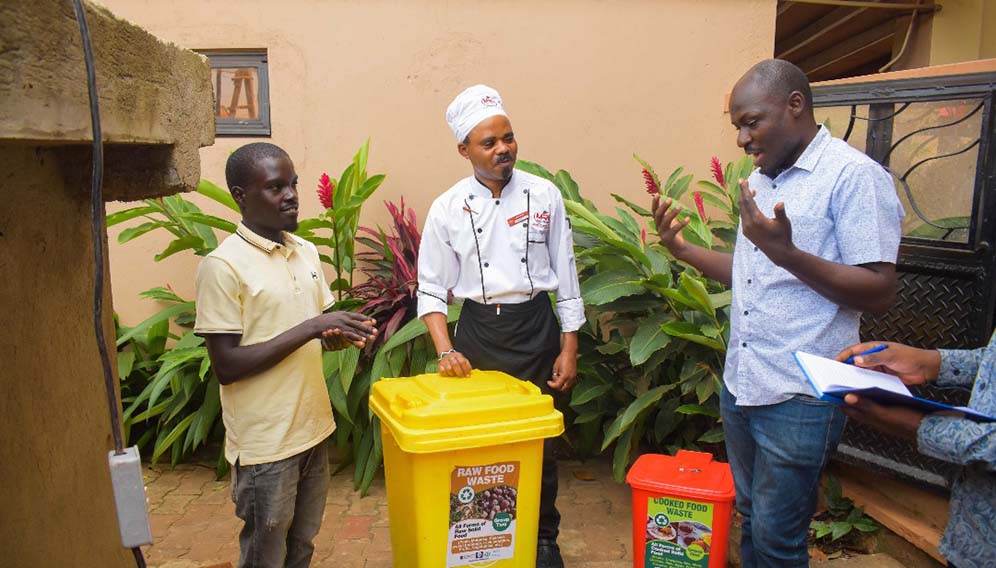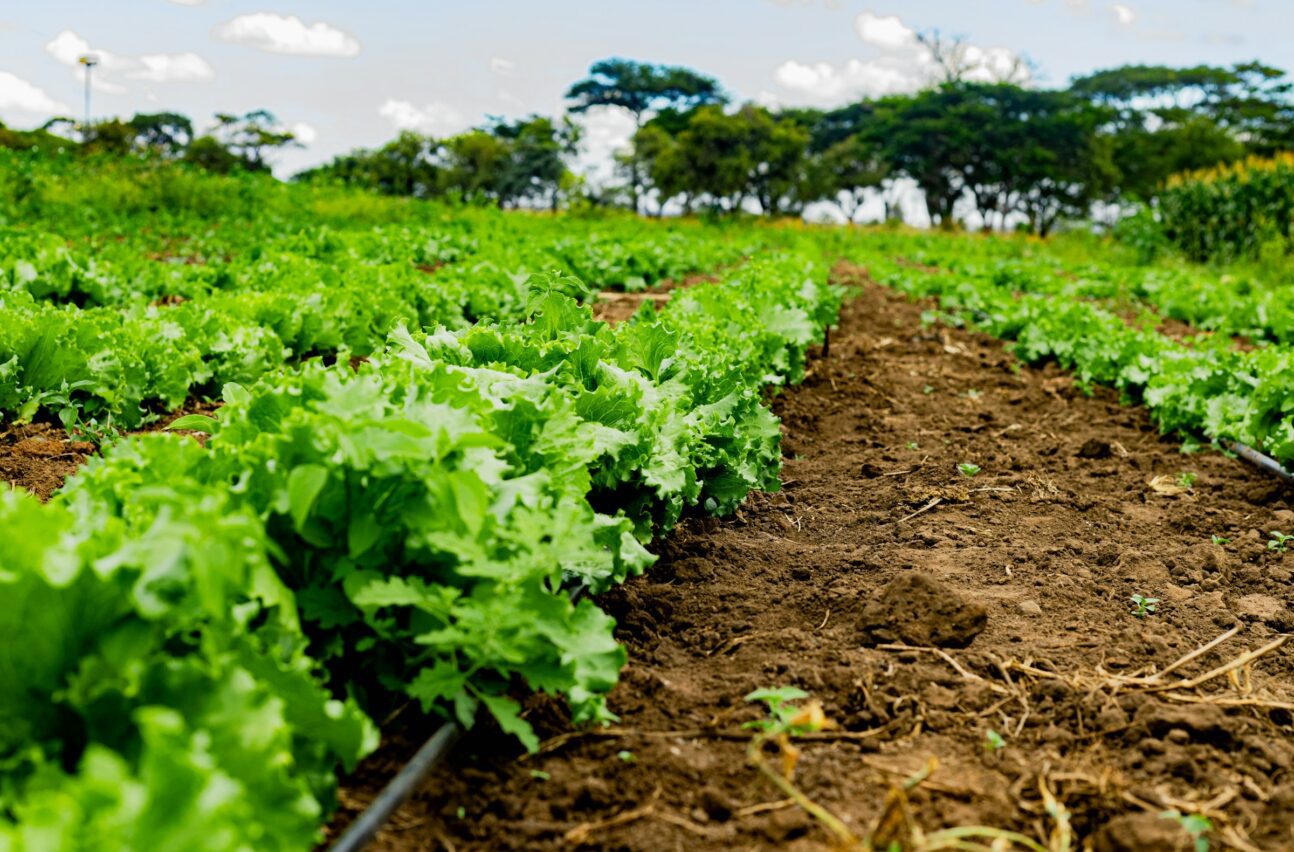SGCI News
[KAMPALA, SciDev.Net] In Kasawo, north of Kampala, cocoa farmer Abubaker Kisekka no longer climbs atop towering wooden boxes to tend his beans. A locally-made innovation for fermenting cocoa beans has…
- Uganda’s farmers sell premium cocoa directly to exporters using new innovation
- Single fermentation box cuts processing time, includes women and disabled
- Researchers aim to mobilise local government for wider rollout
[KAMPALA, SciDev.Net] In Kasawo, north of Kampala, cocoa farmer Abubaker Kisekka no longer climbs atop towering wooden boxes to tend his beans.
A locally-made innovation for fermenting cocoa beans has replaced the laborious routine of manually transferring them between multiple containers every 48 hours.
“Our cocoa now is bought as premium when we sell directly to the exporters,” says Kisekka, chairman of the 650-member Namuganga Agalyawamu Cocoa Growers Association.
“Before this innovation, we had a four-stacked box that you needed to climb up, then change the cocoa beans from one box to another every two days. It was tiresome.”
Ugandan cocoa farmers previously sold unfermented beans to middlemen at low prices.
Unable to properly ferment using the stacked boxes, farmers like Kisekka would only fetch around 25,000 Ugandan Shillings (US$6.9) per unit, with middlemen completing the fermentation and selling to exporters at premium rates.
“In the process, we would lose the aroma and flavour,” Kisekka explains. “Our cocoa beans could not purely turn brown as needed, we [could only] sell them cheaply.”
The new, single box fermenter enables farmers to process beans properly and sell directly to exporters at 35,000 Ugandan Shillings (US$10) — a 40 per cent increase that eliminates middlemen entirely, according to Kisekka.
Geoffrey Sempiri, projects coordinator for the Science Granting Councils Initiative (SGCI) at the Uganda National Council for Science and Technology, which supported the project, says cocoa is among the cash crops earmarked to lead Uganda’s economic development.
However, “many cocoa farmers were running away from this cash crop because of the low income generated and loss during the fermentation process,” he told SciDev.Net.
Joseph Mulindwa, a food science research officer at the National Coffee Research Institute, says the number of coffee farmers has grown significantly since the project began.
“Currently, it’s approximately 350,000 farmers, and 200,000 of these are small-scale farmers,” he said.
“Two hundred people across the country have bought this box, and they are telling us the income has tremendously increased.”
Chocolate-ready beans
Cocoa fermentation converts raw cacao into chocolate-ready beans through microbial activity that develops flavour and reduces bitterness.
Archileo Kaaya, lead researcher from Makerere University’s food technology and nutrition department, explains how the fermentation box makes this process more efficient.
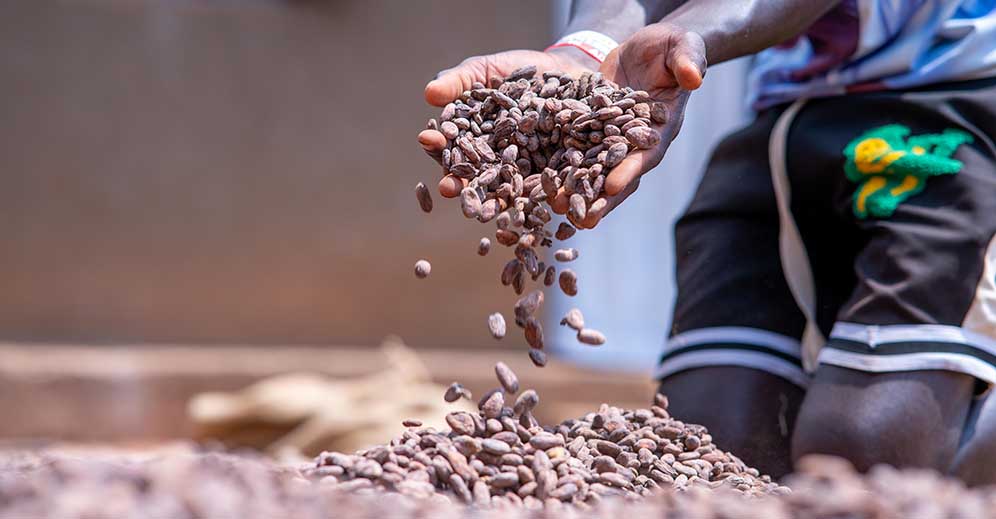
“This box does not have any wastage,” he says.
“The juicy residues make wine, cocoa pods make charcoal, and then the cocoa seeds become brown cocoa beans which is used in industries to make chocolate and other products.”
Traditional four-stacked boxes achieved less than 70 per cent fermentation over eight days. By contrast, the single, 150kg-capacity box achieves 90 per cent fermentation in five days.
“The colour of the beans shifted from purple to brown, and our device produces a chocolate aroma flavour, which is premium,” Mulindwa explains.
‘Gender-sensitive’
Researchers say the innovation has made cocoa processing more accessible to women and people with disabilities, as the traditional stacked boxes required significant physical strength and agility.
“We simply scaled down the old-fashioned stacked four boxes into one efficient model which not only produces quality in time but is also gender-sensitive since the farming sector is predominately women,” says Mulindwa.
Kaaya adds: “Farmers now earn four times more than what they were getting using traditional methods, people with disabilities can use it, and it saves time — between four to five days.
“It is cost-effective and gender inclusive with the best quality on the market.”
A limitation of the wooden box is that it will only last about five years. However, researchers are looking at developing a steel version with a longer lifespan and conducting further studies to optimise the design.
Scaling up
Since commercial production of the box began last year, the team has been working to upscale the initiative throughout Uganda’s major cocoa-producing districts.
The researchers hope to engage local authorities to distribute the innovation more widely.
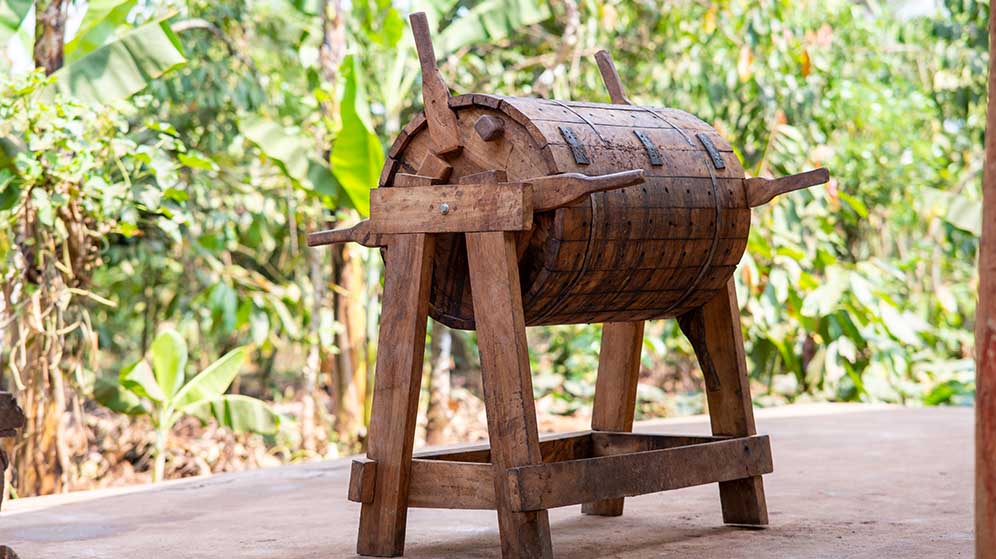
In 2023, the project received US$85,000 in funding from the African Centre for Technology Studies through the Uganda National Council for Science and Technology, under the SGCI.
The boxes cost between 900,000 and 1,000,000 Ugandan Shillings (US$250-US$277) — a significant reduction from the traditional boxes which cost 1.5 to 2 million Ugandan Shillings (US$417-US$556).
Cocoa is among cash crops earmarked to lead Uganda’s economic development under the country’s 2020-2025 National Development Plan.
According to Uganda’s Ministry of Finance’s March 2025 Performance of the Economy Report, cocoa export earnings increased by 164 per cent in the last year, reaching US$68.7 million (about 250 billion Ugandan Shillings) in February 2025.
Frank Mugabe, public relations officer at the National Agricultural Research Organisation, says the box addressed a gap in post-harvesting research and made products competitive in the global market.
“Uganda has had its agricultural products rejected in the international market because of the quality,” he said.
“Coffee and cocoa are some of our best cash crops, and this innovation is a welcome addition to the sector.”
This piece was produced by SciDev.Net’s Sub-Saharan Africa English desk.
Related News
In case you missed it: Stories driving science impact across Africa
As the Science Granting Councils Initiative (SGCI) prepares to roll out a new phase of activities, we revisit some of our most-read stories highlighting how stronger research systems, innovation, and climate-resilient science are delivering impact across Africa. From strengthening national research systems and financing mechanisms…
Towards 2026: African innovations pointing to what comes next
As we step into 2026, research-driven innovation continues to shape how communities respond to long-standing development challenges, from health and food security to climate resilience, jobs, and sustainable industry. Backed by the Science Granting Councils Initiative (SGCI), these projects show how local science, when aligned…
Innovation highlight series: part three
Across Africa, locally driven research is delivering practical solutions to some of the continent’s most pressing development challenges, from food security and clean energy to livelihoods and industrial efficiency. Supported by the Science Granting Councils Initiative (SGCI), these innovations show how targeted funding, skills development,…
SGCI funded projects
Rwanda’s integrated approach to sustainable agriculture and nutrition
Project Titles & Institution Areas of Research Number of Projects being funded Project Duration Grant Amount In-Kind Distribution Council Collaboration with other councils

